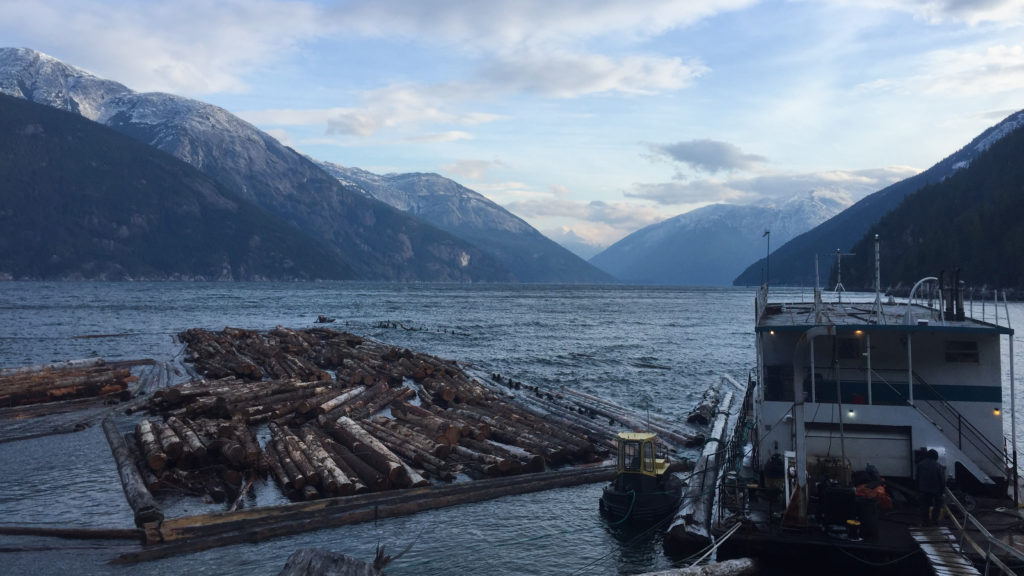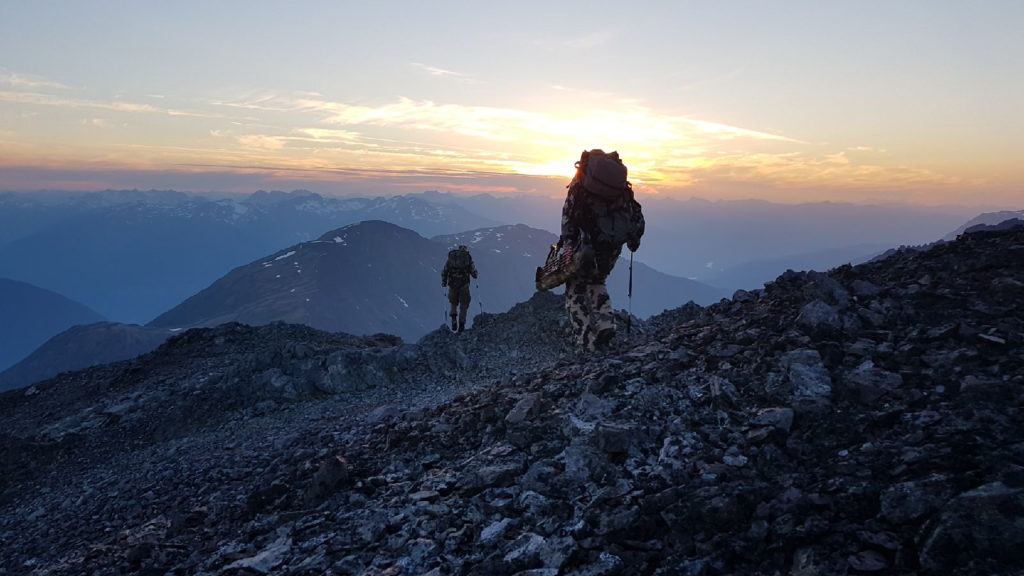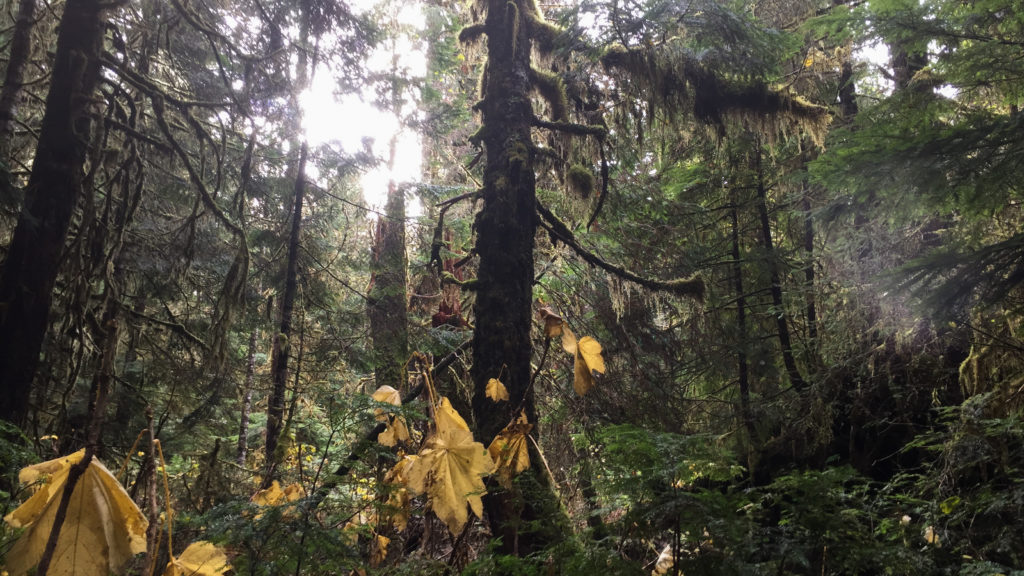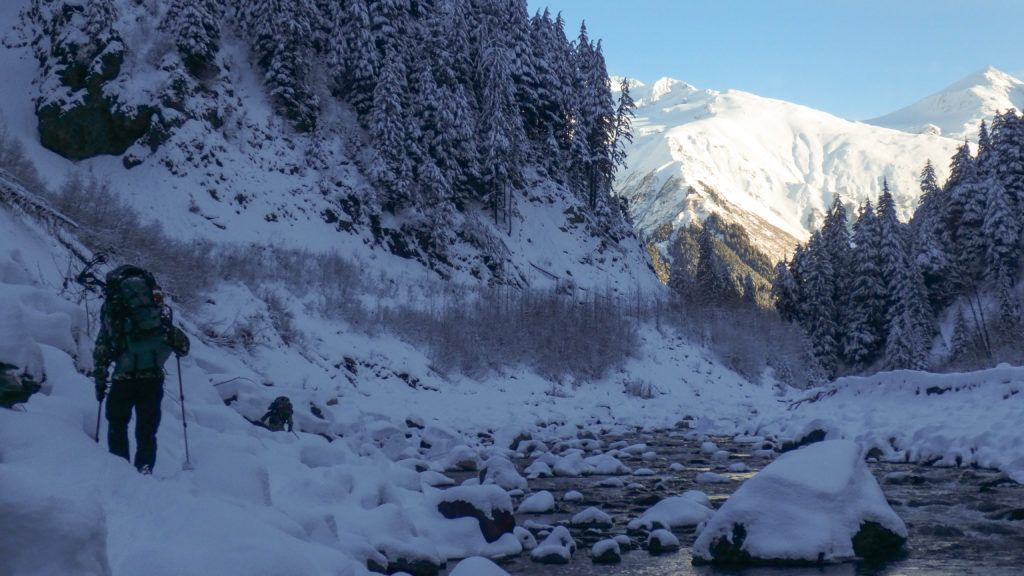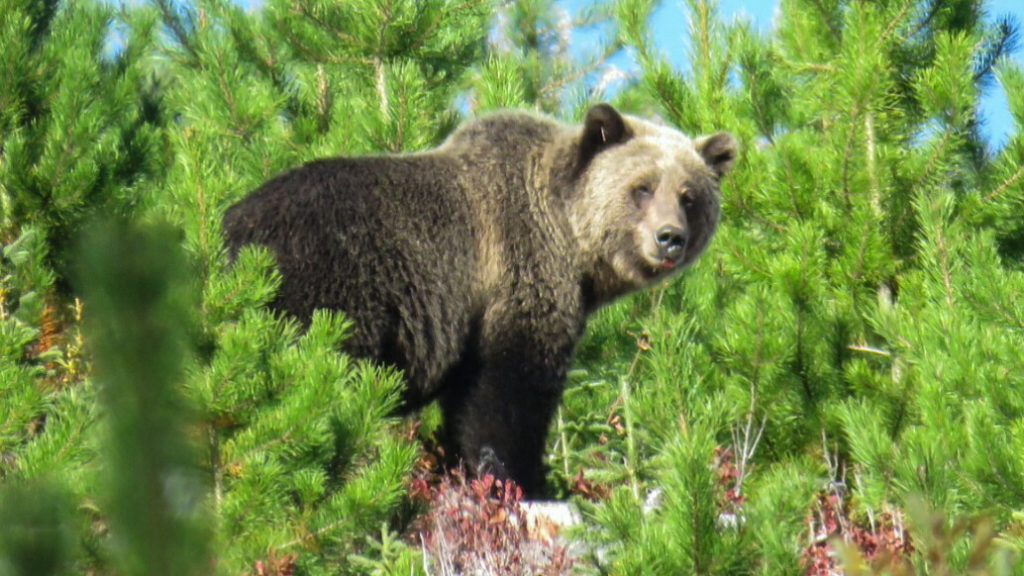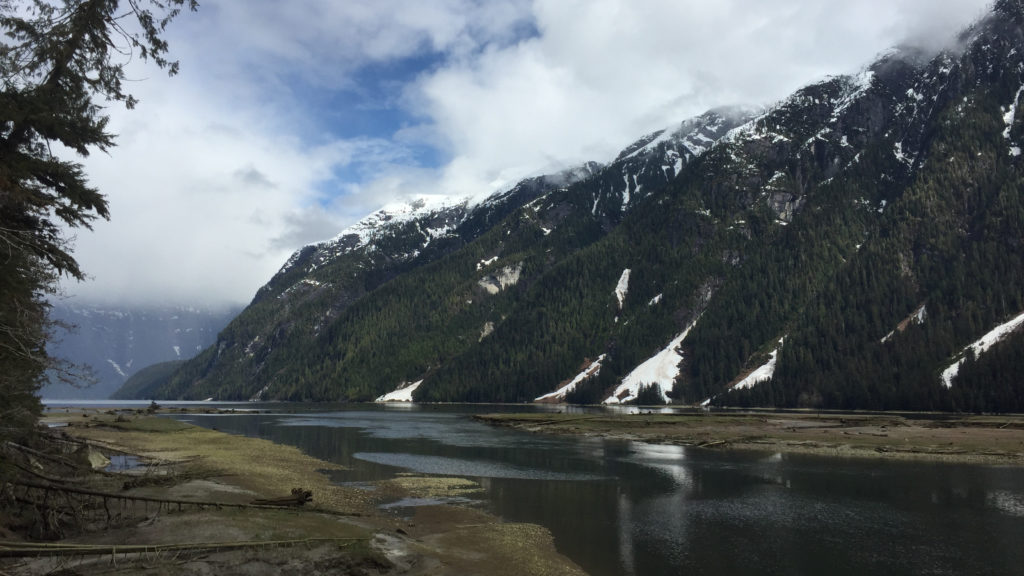As humans have expanded our reach across the North American continent, areas of raw-untouched natural beauty exist in dwindling numbers. Of the truly wild places left on this continent, those that weren’t carved out for National Parks have remained in their natural state only because of their ruggedness, remoteness, and lack of access. Few places embody these characteristics more than the North Coast of British Columbia. Towering glaciated peaks, rivers lines by sheer rock walls, valleys enveloped in thick fog and giant salt sprayed timber. Regardless of where your interests lie, if you partake in some form of outdoor recreation, British Columbia’s Coast is likely on your radar.
Though B.C.’s rugged coast only spans 965 kilometers as the crow flies, the combination of over 40’000 islands and thousands of coastal inlets makes up 25’725 km of coastline that stretches from Washington State to the Tongass National Forest of Alaska. The Coast Mountain range spans the entirety of coastal B.C., stretching from the mighty Fraser River in the south, northwards to the southwestern portions of the Yukon Territory. The western exposures of the Coast Mountains border the Pacific Ocean and are predominantly composed of thick temperate rainforest.
While the southern stretches of this range are home to some of the highest peaks, with Mount Waddington reaching 13’186 feet, it is the northernmost portions — The Kitimat & Boundary Ranges — that hold some of the finest hunting, fishing, and adventure that can be had on this continent. It only takes one glance through the Wildlife Records of British Columbia or the Boone & Crockett Record Book to know that the big game trophy quality in this region is bar none.
I have been fortunate enough to spend a good chunk of time in the Kitimat Range of British Columbia, and it is as raw and unforgiving a locale as it is breathtakingly beautiful. If it were ever possible to tire of incredible scenery, the many coastal fjords and inlets of the North Coast would likely be the place. I recall on my first trip down the Douglas Channel, marveling at the ancient old growth timber clinging to the granite walls above us, and the waterfalls; raging torrents, some shooting more than fifty feet horizontally before descending hundreds into the ocean below.
As previously mentioned, no place this spectacular maintains it’s wild nature without some barrier of entry, and of this, I will state: There is a reason it is known as the “wet coast”. I learned this lesson on my first trip in. The outfitter I was working for had sent me a gear list prior to the hunt, and clearly stated on that list was “ Grundens or Helly Hansen rubber raincoat – no Gore-Tex”. As I had spent the last four years fishing and hunting on Vancouver Island — another particularly wet corner of the province — I felt I had a pretty good handle on rainfall and the capabilities of my Gore-Tex. Two solid days of relentless downpour and bushwhacking through saturated salmonberry, devils club, and fern was enough to show me the error in my ways and concreted in my mind the importance of impermeable rain gear in this region. For those of you who feel this may be conjecture, the town of Kitimat receives an annual average precipitation of 87 inches — Seattle receives just 37.5 inches — and 29.7 percent possible sunlight hours in a year.
To add to the raw, inhospitable nature of this region, its coastline and river bottoms are some of the thickest undergrowth that one can encounter. Devil’s Club, salmonberry, ferns, huckleberries, and various other plant species grow comically large and thick, keeping visibility to mere feet, and slowing one’s pace to an absolute crawl. Once you find your way out of this jungle of vegetation, you are typically rewarded with the mossy, open floors of the old growth forest, where visibility is great and the hiking unencumbered. Unfortunately, in most cases, the hiking is straight up, and getting cliffed out is a question of “when”… not “if”. One thing is for certain — these are not the rolling hills of sheep country.
But with every dark cloud, there is a silver lining. The surplus of rain and mild temperatures create a long and luscious growing season for local flora and fauna, the dense vegetation that curses the hunter becomes a blessing to the creatures that call the coast home. It is this temperate climate that leads to a nutrient-rich buffet of berries and vegetation, creating unparalleled growth opportunity amongst some of the game species in this region.
The most highly sought after and awe-inspiring of these species is the Oreamnos Americanus, the Rocky Mountain Goat. Though it shares its name with the famous Rocky Mountains, die-hard goat hunters in British Columbia know the North Coast to be the mecca of mountain goats. Not only are the goats here plentiful, but their genetics are superb. So much so, that it is not uncommon for billies of no more than five years to achieve all-time record scores. To add to the remarkable trophy quality of the coastal mountain goat population, the seasons are generous in length, with some areas allowing hunts to run until February 28th allowing for maximum hair length — and adventure.
Make no mistake though, these goats and the mountains that they call home aren’t for the faint of heart. Many have described hunting mountain goats as the toughest hunt in North America, and the coastal mountains don’t make it any easier. Inclinations greater than thirty degrees are the norm, and the terrain is often better suited for rock climbing than hiking. All mountain goat hunts in this region are of the backpack variety, as the terrain isn’t suitable for horses, and the majority of it has no road access.
Should you decide to pursue these magnificent “beasts the color of winter”, flying into the alpine lakes between August – October is the recommended method. Coastally, early October is the cutoff for reliable alpine lake access via plane, and any fly-in hunt booked past this time should have a contingency plan previously communicated. Mid-October through mid-November boat based hunts are a viable option for those who value the woolly cape as well as the horns. Weather is typically miserable in this time period with a healthy mix of rain and snow, and ocean storms are commonplace. Add twenty-foot tidal swings into the mix and you are in for a rodeo if the outfitter isn’t well versed in these scenarios. That said, a boat based goat hunt is a good way to cover ground and see a lot of goats. Come November the goats will drive down closer to the water — shockingly so at times — and you should have ample opportunities at a billy with the rut in full swing.
November through the end of February is a magical time on the North Coast. For the residents of British Columbia with a penchant for the extreme, there is no better time of year to hunt. A winter goat hunt is one of the most challenging, and rewarding, hunts one can take on. Snow steadily piles up, and the temperatures plummet. What little road access that may have existed in the early fall is surely long gone by February. A good friend and fellow guide managed to bury himself on snowshoes, an ATV with tracks, and a snowmobile this past winter while attempting to scout billies. Persistence prevailed, and he was able to access the area with backcountry touring skis — a method I will be sure to try in the future. An added bonus to a winter goat hunt is the exceptional hair length. Though I’ve had several taxidermists suggest that November billies have the greatest hair quality, there is something particularly enchanting to me about the thick, ragged coat of a February billy. Should you choose to hunt goats in the winter, keep in mind that December and January have some of the shortest daylight hours. Combine that with a few snow storms and pretty soon you don’t have enough daylight to get the job done — as I learned back in 2015. Late February is the best time, in my opinion, as the days are longer and the snowpack has built up and settled in, allowing for better access when crossing rivers or climbing small bluffs.
While perhaps not as large of a draw to the mountain hunter, the fishing and black bear hunting opportunities in this region are not to be overlooked. The sprawling estuaries and coastal beaches are home to some of the largest bears in North America. The grizzlies in this region are closer in size to brown bears than their interior grizzly kin and exist in incredible densities, largely due to the abundance of nutrient-rich salmon and berries along the rivers. However, due to societal pressures, the government of British Columbia closed this hunt indefinitely in the fall of 2017. Black bears also exist in abundance in these mountains, and like the grizzly, can reach unbelievable sizes. Boat based hunts, though expensive, are one of the best ways to enjoy all that this region has to offer come spring.
For those who are passionate about fly fishing, the Skeena, Bulkley, Dean, and Kitlope Rivers are hallowed ground. They offer up what is arguably the best steelhead fishing in the world, as well as world-class runs of all five species of Pacific Salmon depending on which river system you are on. Most of the inlets along this coast hold healthy numbers of dungeness crab, prawn, and halibut as well — a fantastic add-on for a boat based black bear hunt. Several outfitters offer fishing packages, and the list of fishing charters in this region could fill a phone book. With access via jet boat, float plane, and helicopter, you will undoubtedly find yourself in a purity of wilderness beyond your imagination.
The North Coast of British Columbia is a truly unique place. The First Nations people that call it home carry a rich cultural heritage of hunting and fishing that has extended into the modern day. Many of the animals live and die in this pristine wilderness without ever having human contact. It is a place that my mind often wanders to, one synonymous with adventure in its purest form. It is both beautiful, and mercilessly cruel — and sometimes in the same day. Though it is not a destination for the meek, those who seek to challenge themselves in an area of unparalleled beauty may find exactly what they are looking for.


